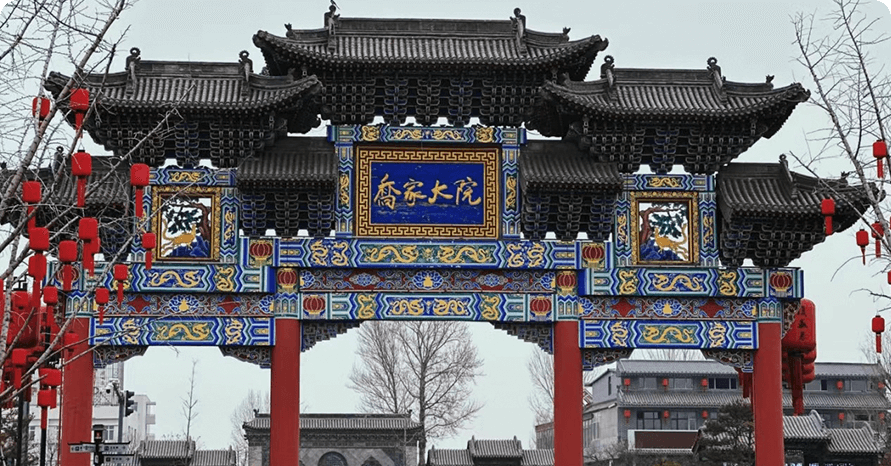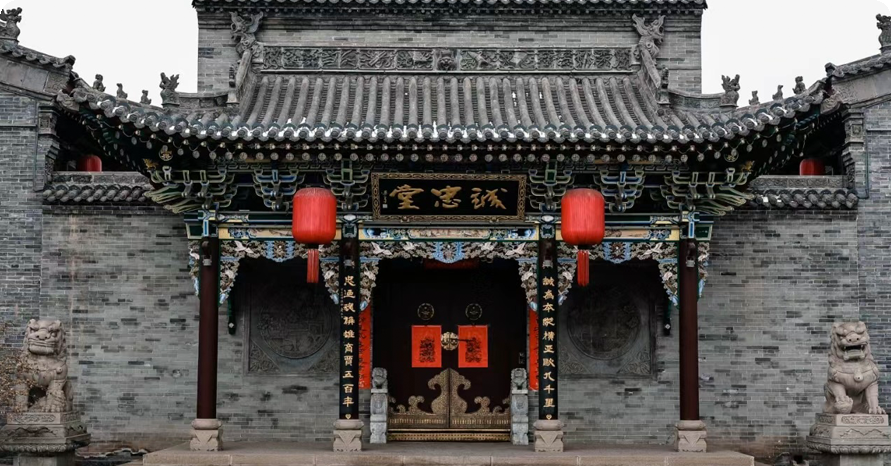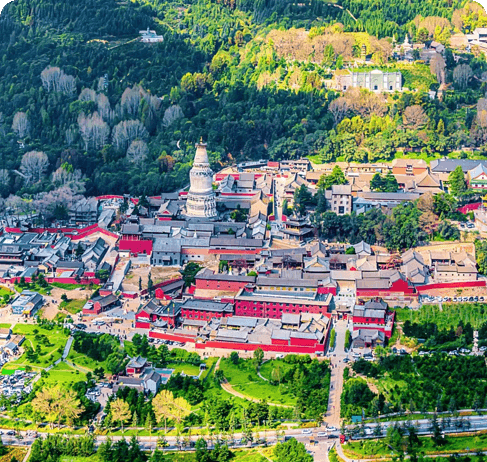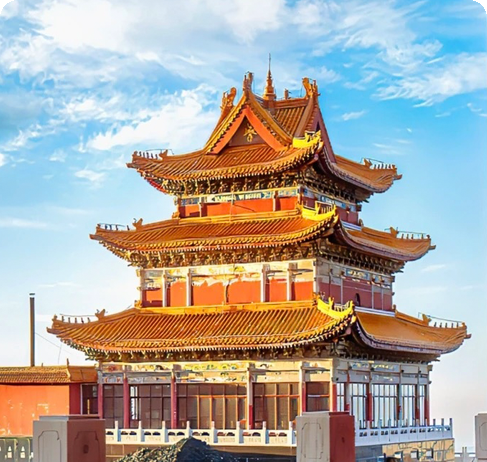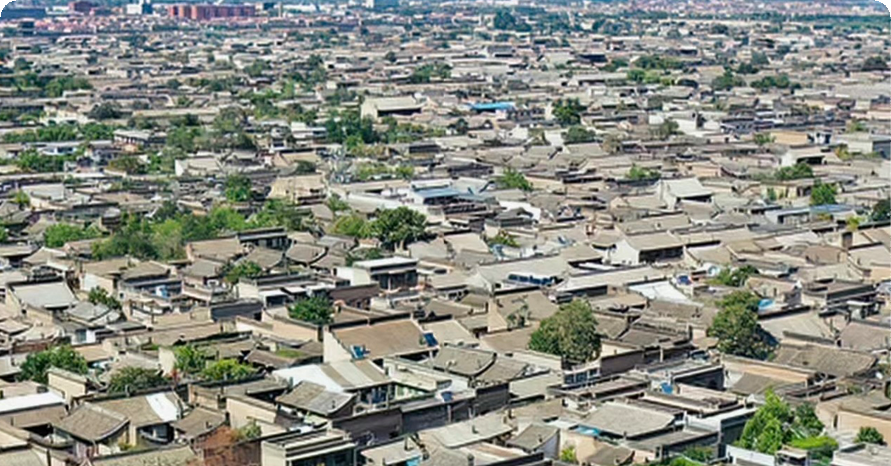Qiao Family Courtyard
The Qiao Family Courtyard, also known as the Middle Hall, is located in Qiaojiapu Village, Qi County, Shanxi Province. It was founded in 1756 and is divided into six courtyards in a double "xi" shape, with 20 small courtyards and 313 houses. The building covers an area of 4175 square meters and faces the street on three sides. It is surrounded by fully enclosed green brick walls that are over 10 meters high. The gate is a city gate style cave, and it is an ancient residence with a traditional northern residential architectural style.

